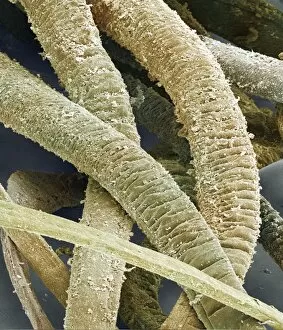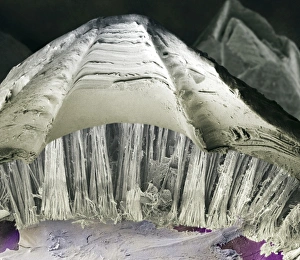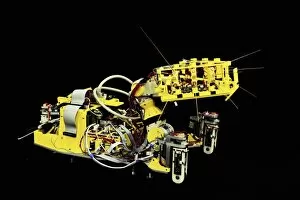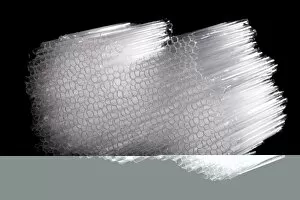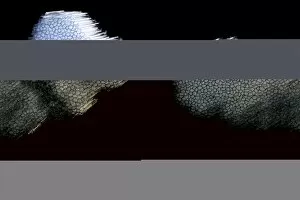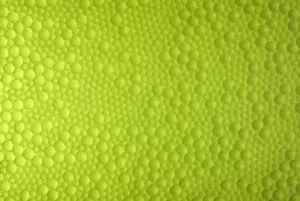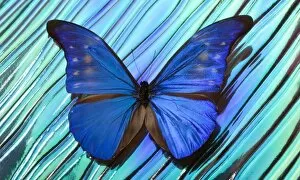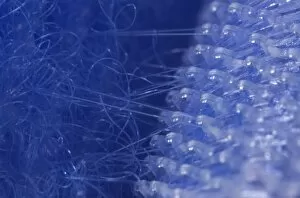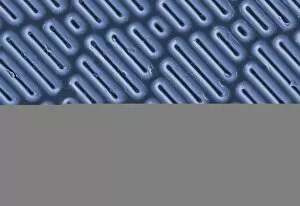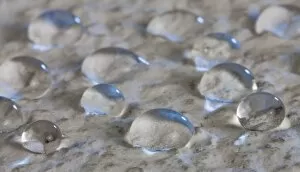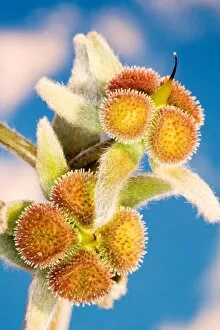Biomimetic Collection
"Biomimetic: Unlocking Nature's Secrets for Innovation and Sustainability" Nature has always been a source of inspiration for human innovation
All Professionally Made to Order for Quick Shipping
"Biomimetic: Unlocking Nature's Secrets for Innovation and Sustainability" Nature has always been a source of inspiration for human innovation, and biomimetics is no exception. From the incredible strength of mussel glue threads to the tenacity of barnacle glue, scientists are studying these natural wonders under scanning electron microscopes (SEM) to unlock their secrets. In the realm of robotics, Ecobot III stands out as a self-sustainable marvel. Taking cues from nature's efficient energy systems, this robot mimics the way organisms generate power by harnessing sunlight and converting it into usable energy. But biomimetics goes beyond just functionality; it delves into touch sensitivity too. Meet SCRATCHbot - a robot that emulates our sense of touch using artificial skin. By replicating our tactile abilities, this innovative creation opens up new possibilities in fields like prosthetics and human-robot interaction. Imitation honeycomb structures have also caught researchers' attention due to their remarkable strength-to-weight ratio. With imitation honeycomb fillings C014/0293, C014/0294, C014/0291, C014/0292, and C014/0290 paving the way for lightweight yet sturdy materials in various industries ranging from aerospace to construction. Furthermore, biomimetic materials extend beyond structural applications. Imitation skin C014/0286 offers promising advancements in wound healing technology by imitating natural regenerative processes found in living organisms. The beauty of iridescence found in nature has captivated artists and scientists alike. Through biomimicry techniques like with artificial mold C014/0281 capturing its essence on various surfaces brings us closer to recreating mesmerizing colors seen in butterfly wings or peacock feathers. Biomimetic research holds immense potential not only for technological advancement but also for sustainable solutions inspired by nature itself.

